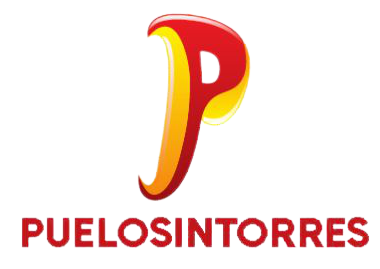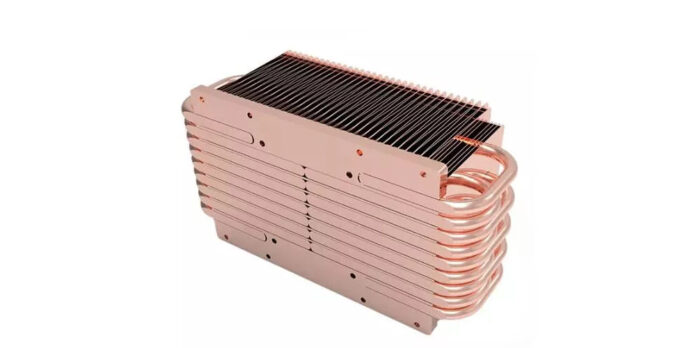For years Heat pipe technology has been used in other industries including aerospace military etc. Now it is used in the Heatsink manufacturing industry. The introduction of Heat pipe technology in heat removing devices has changed the traditional design ideas of the Heat sink and now there is no need to rely on high air volume motors.
The noise problem that arises from air cooling heat dissipation systems is also resolved by the entry of heat pipe heat sinks. In the given article we have described these Heatsinks in detail along with their uses and construction.
How Does A Heat Pipe Work In A Heatsink?
A heat pipe is a heat-transferring system so it can be very useful in the cooling systems of electric devices. Here the capillary action is involved in its working. Here a fluid is present that will boil when heat is made in the system of the electric components.
The vapour of the fluid will go towards the cool area. This area is normally connected to the condenser or we can say to the heat sink. The phase of the fluid will be changed into liquid and heat is given up.
Uses
They are widely used in different technology systems for thermal management. Nowadays electronic systems are considered incomplete without an instalment of Heat pipes. Computers, electronics that are heat-sensitive, nuclear reactors satellites and many other technologies depend on these heat sinks to manage their thermal output efficiently.
Construction
A Heat pipe is generally constructed by making use of a metal tube that is sealed with a vacuum and an inner wick lining is present in the Heat pipe that is responsible for the capillary action. This inner wick act a little amount of as a capillary substance liquid or fluid.
When the heat is in contact with the Heat pipe surface then the fluid becomes hot and as it is under vacuum conditions so it can easily change into vapours. This change in the phase of fluid from fluid to vapour will create pressure.
This increases the vapour entering the area of the system that is cooler Heatsink then the heat is released as the vapour condenses into the fluid. After then, the liquid will return into the hot region where the same process will repeat when the heat is applied to that section and this process continues in the form of a cycle.
For phase changing purposes different fluids can be used in these Heatsinks. Mostly ionized water is taken under consideration for this purpose because of its high latent heat thermal conductivity surface tension and boiling temperature.
The water will boil in the Heat pipes when the negative pressure of a vacuum is applied and converted into steam at a lower temperature than normal. The wick can also vary depending on the usage and positioning of the device.
Custom Heat pipe Heatsinks
Another main advantage that comes with these Heatsinks is the possibility of customization. You can easily customize them according to your demand. This is helpful if you are creating a new technology or are bringing change to an already existing one.
For instance, there are two unique features of Heatsinks that are present in two different types of Heatsinks. By customizing you can get both features in a single Heatsink. Besides this, you can customize the shape, size, and other dimensions of the Heatsink.
Conclusion
Heat pipe Heatsinks are the latest devices that are better as compared to traditional Heatsinks. The above article contains all the information about these Heatsinks and how they can be useful for you.












